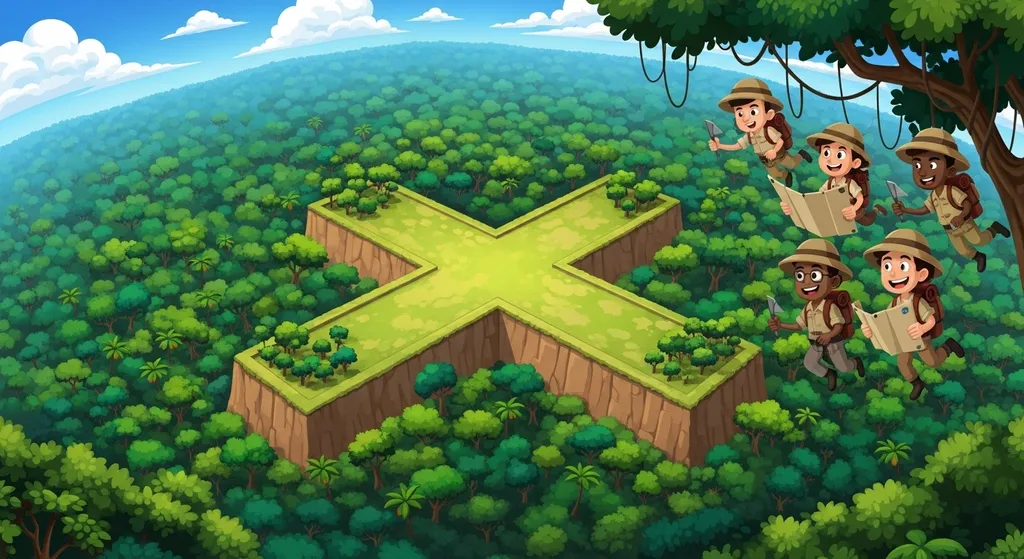A2
Oldest Maya temple shows the universe
A huge earth platform in Mexico is 3,050 years old and helped people follow the sky.
